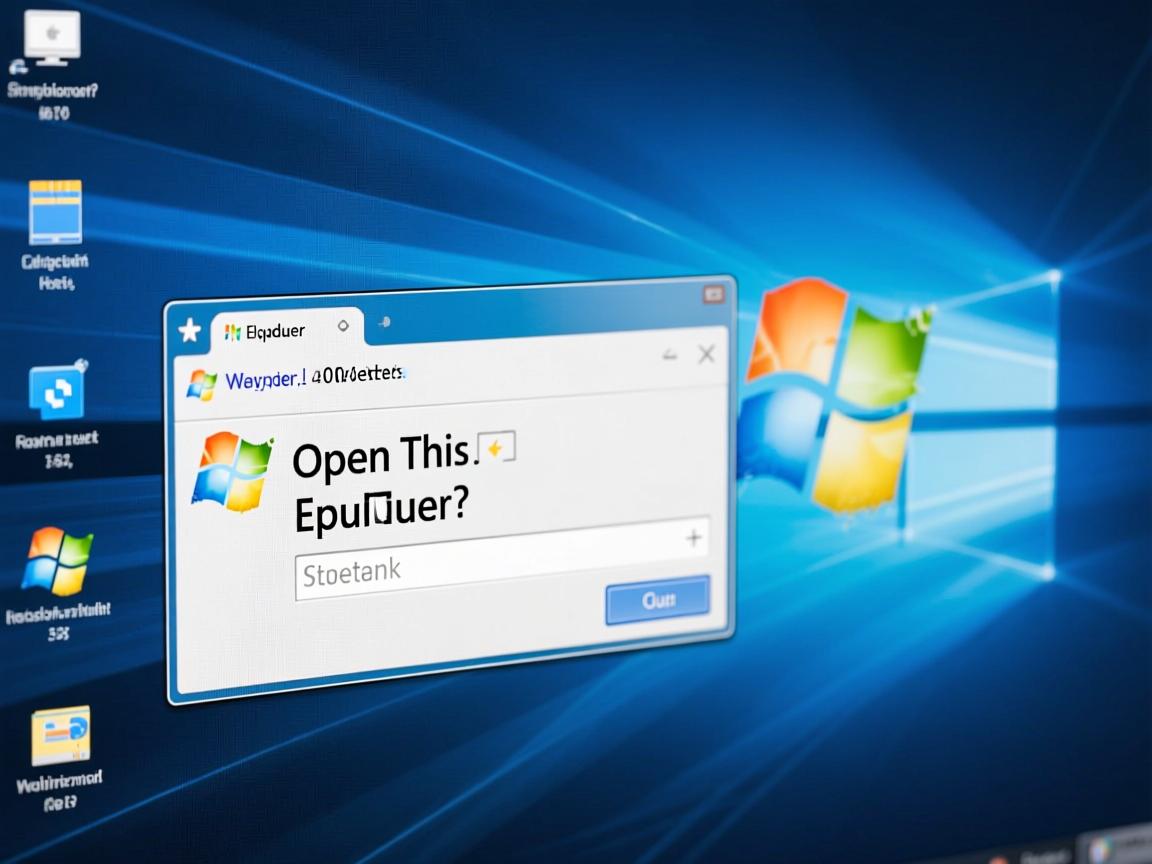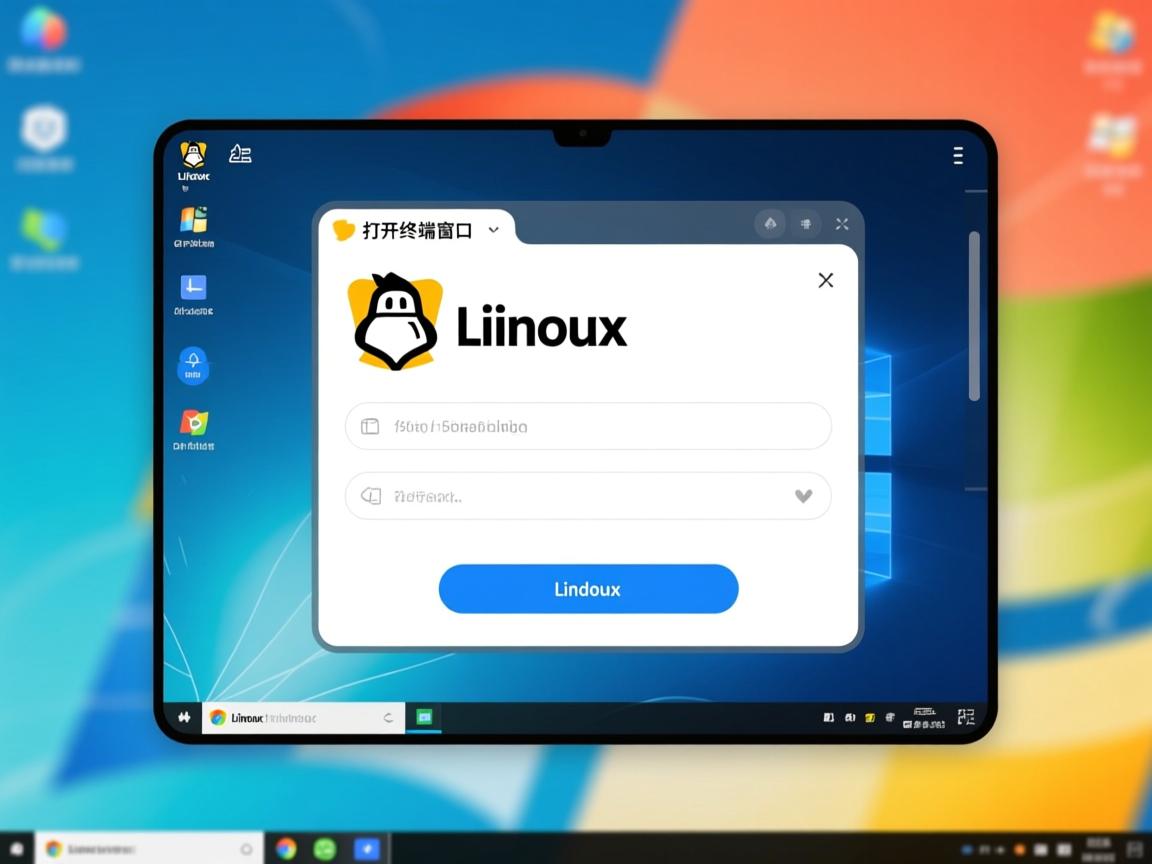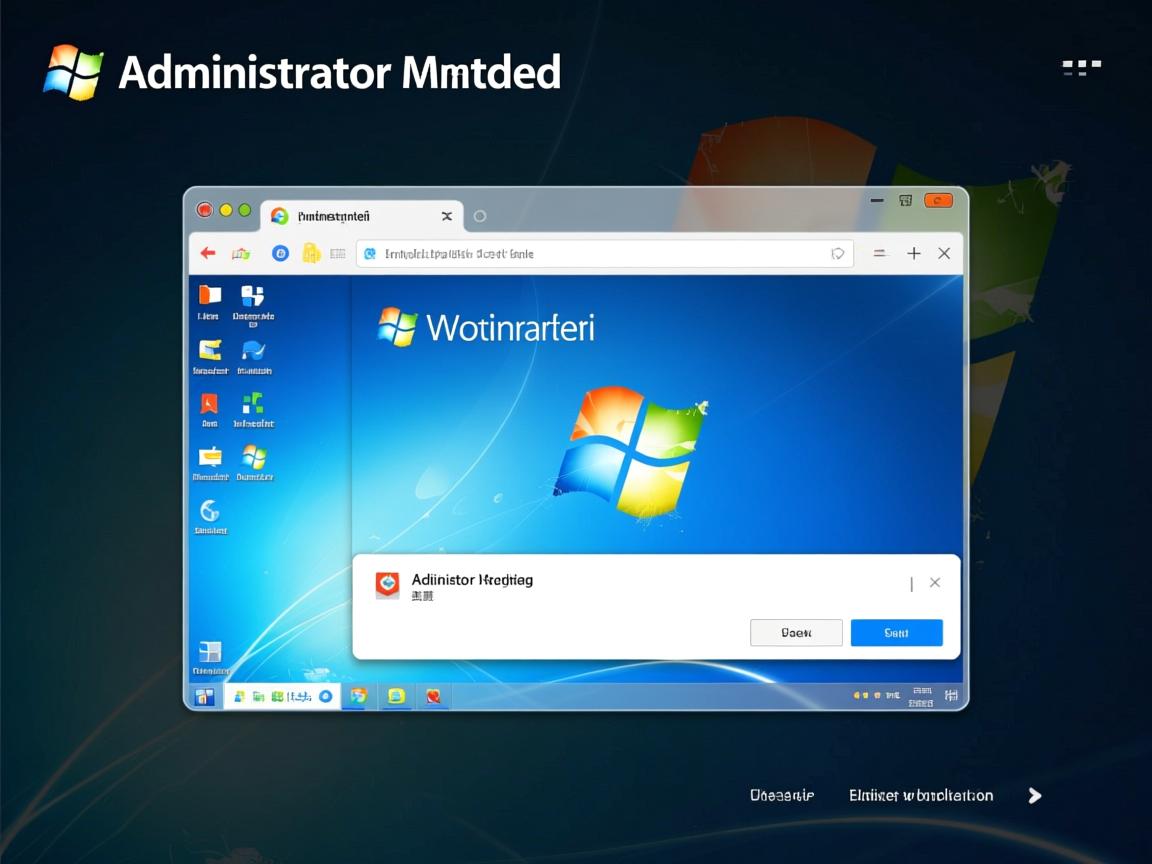上一篇
C语言如何调用系统终端命令?
- 电脑教程
- 2025-06-10
- 4118



C语言通过标准库函数system()或popen()调用系统终端命令,system()直接执行命令并返回状态码;popen()建立管道,可捕获命令输出或向其输入,注意防范命令注入安全风险。
<p>在C语言开发中,有时需要直接调用系统终端命令来完成特定操作(如文件处理、系统监控或调用外部工具),本文将详细解析四种主流方法及其应用场景,并提供可直接运行的代码示例。</p>
<h2>一、为什么需要在C程序中调用终端命令?</h2>
<p>常见场景包括:</p>
<ul>
<li>执行系统级操作(如创建进程、文件管理)</li>
<li>调用第三方工具(FFmpeg/ImageMagick等)</li>
<li>快速实现复杂功能(替代手动编码)</li>
<li>系统监控(获取硬件信息/网络状态)</li>
</ul>
<h2>二、四种调用方法详解</h2>
<h3>1. system()函数 - 最简单直接</h3>
<p><strong>原理:</strong> 阻塞式执行,直接返回命令退出状态</p>
<pre><code>#include <stdlib.h>
int main() {
// 执行ls -l命令并获取返回值
int status = system("ls -l");
if (status == -1) {
// 错误处理(如fork失败)
} else if (WIFEXITED(status)) {
printf("退出码: %dn", WEXITSTATUS(status));
}
return 0;
}</code></pre>
<p><strong>特点:</strong><br>
优点:单行代码即可完成调用<br>
缺点:存在安全风险(命令注入)、无法获取命令输出<br>
适用场景:简单命令执行且不关心输出时</p>
<h3>2. popen()函数 - 获取命令输出</h3>
<p><strong>原理:</strong> 建立管道连接,读取命令输出流</p>
<pre><code>#include <stdio.h>
int main() {
FILE *fp = popen("df -h", "r"); // "r"表示读取命令输出
if (!fp) {
perror("popen失败");
return 1;
}
char buffer[256];
while (fgets(buffer, sizeof(buffer), fp)) {
printf("输出: %s", buffer); // 处理每行输出
}
int status = pclose(fp); // 关闭并获取退出状态
printf("n命令退出码: %dn", WEXITSTATUS(status));
return 0;
}</code></pre>
<p><strong>特点:</strong><br>
优点:可实时获取命令输出<br>
缺点:单向通信(只能读或写)<br>
适用场景:需要解析命令输出的场景(如获取磁盘信息)</p>
<h3>3. exec()族函数 - 完全进程替换</h3>
<p><strong>原理:</strong> 用新进程替换当前进程</p>
<pre><code>#include <unistd.h>
int main() {
// 参数列表必须以NULL结束
char *args[] = {"ls", "-l", "/usr", NULL};
// 使用execvp执行(自动搜索PATH)
execvp("ls", args);
// 此处代码仅在exec失败时执行
perror("execvp失败");
return 1;
}</code></pre>
<p><strong>特点:</strong><br>
优点:无额外进程开销<br>
缺点:原进程会被终止<br>
适用场景:当前进程使命已完成,需要完全切换新程序时</p>
<h3>4. fork() + exec() - 最灵活方案</h3>
<p><strong>原理:</strong> 创建子进程执行命令,父进程保持运行</p>
<pre><code>#include <unistd.h>
#include <sys/wait.h>
int main() {
pid_t pid = fork();
if (pid == -1) {
perror("fork失败");
return 1;
} else if (pid == 0) { // 子进程
execlp("ping", "ping", "-c", "3", "example.com", NULL);
perror("execlp失败"); // 仅exec失败时执行
_exit(1);
} else { // 父进程
int status;
waitpid(pid, &status, 0); // 等待子进程结束
if (WIFEXITED(status)) {
printf("子进程退出码: %dn", WEXITSTATUS(status));
}
}
return 0;
}</code></pre>
<p><strong>特点:</strong><br>
优点:完全控制子进程、支持双向通信<br>
缺点:代码复杂度高<br>
适用场景:需要后台运行命令或精细控制进程时</p>
<h2>三、关键注意事项</h2>
<ol>
<li><strong>安全风险</strong>
<ul>
<li>永远避免使用用户输入直接拼接命令</li>
<li>示例危险代码:<code>system("rm" + user_input);</code></li>
<li>解决方案:使用白名单校验或exec的参数传递</li>
</ul>
</li>
<li><strong>跨平台差异</strong>
<ul>
<li>Windows需使用<code>system("dir")</code>替代<code>ls</code></li>
<li>exec()族函数在Windows对应<code>CreateProcess</code></li>
</ul>
</li>
<li><strong>错误处理</strong>
<ul>
<li>始终检查system/popen/fork的返回值</li>
<li>使用<code>perror()</code>或<code>strerror(errno)</code>输出错误详情</li>
</ul>
</li>
</ol>
<h2>四、方法对比总结</h2>
<table border="1">
<tr>
<th>方法</th>
<th>进程控制</th>
<th>获取输出</th>
<th>安全性</th>
<th>复杂度</th>
</tr>
<tr>
<td>system()</td>
<td>阻塞等待</td>
<td></td>
<td>低</td>
<td>⭐</td>
</tr>
<tr>
<td>popen()</td>
<td>阻塞等待</td>
<td></td>
<td>中</td>
<td>⭐⭐</td>
</tr>
<tr>
<td>exec()</td>
<td>替换进程</td>
<td></td>
<td>高</td>
<td>⭐⭐⭐</td>
</tr>
<tr>
<td>fork()+exec()</td>
<td>非阻塞</td>
<td></td>
<td>高</td>
<td>⭐⭐⭐⭐</td>
</tr>
</table>
<p><strong>选择建议:</strong></p>
<ul>
<li>快速测试 → <code>system()</code></li>
<li>获取输出 → <code>popen()</code></li>
<li>高性能需求 → <code>fork()+exec()</code></li>
</ul>
<blockquote>
<p> <strong>最佳实践提示:</strong> 生产环境中优先考虑使用fork()+exec()组合,通过管道(PIPE)实现父子进程通信,既保证安全性又能灵活控制。</p>
</blockquote>
<h2>五、拓展知识</h2>
<p>进阶场景可研究:</p>
<ul>
<li>使用<code>dup2()</code>重定向标准输入/输出</li>
<li>通过<code>select()</code>实现非阻塞IO控制</li>
<li>信号处理(如SIGCHLD回收僵尸进程)</li>
</ul>
<hr>
<p><strong>引用说明:</strong><br>
1. POSIX标准文档(IEEE Std 1003.1)<br>
2. GNU C Library手册(https://www.gnu.org/software/libc/manual/)<br>
3. 《Advanced Programming in the UNIX Environment》- Richard Stevens</p>








